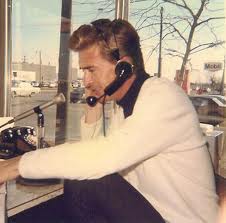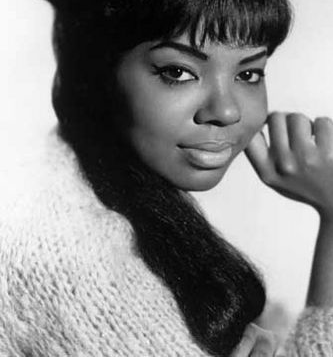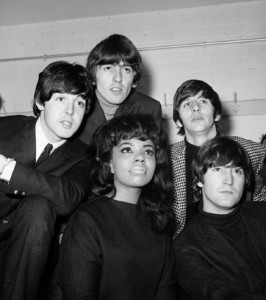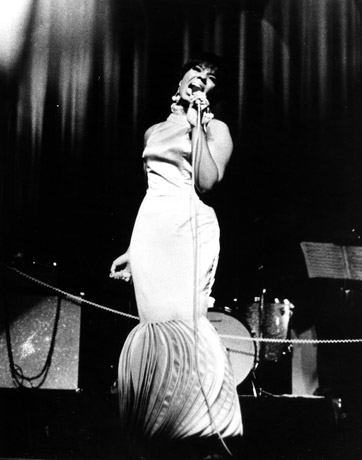 A MCRFB salute to a great Detroit radio legend: Clark Reid
A MCRFB salute to a great Detroit radio legend: Clark Reid
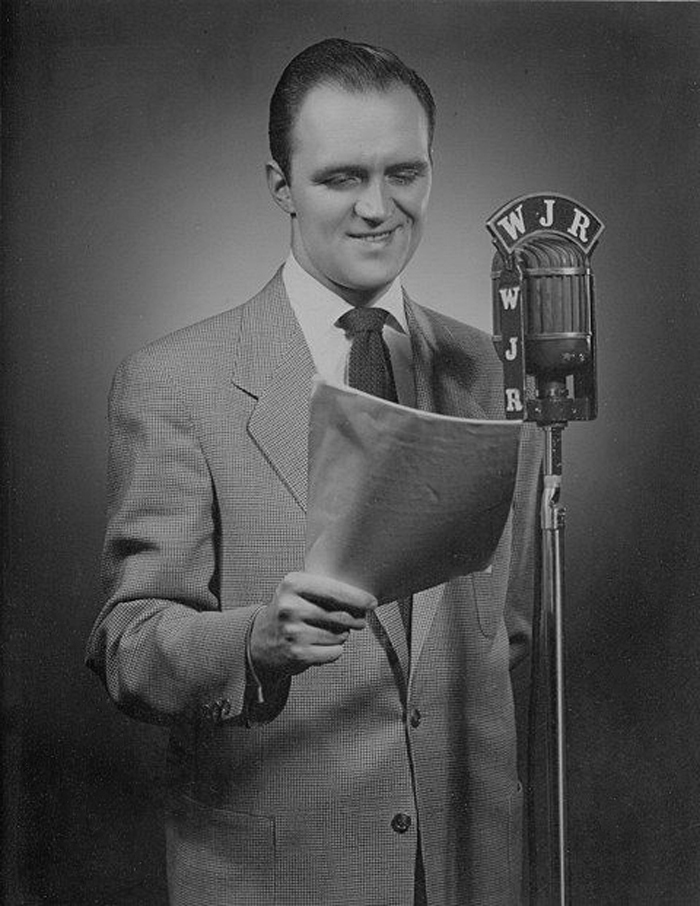
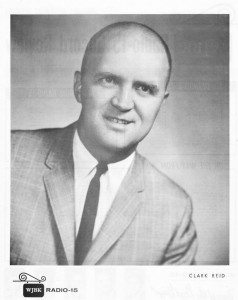
Clark Reid on WJR-AM 760 and WJBK-AM 1500 (Click on for audio play)
…Well, Jimmy Durante is still funny — television, they got them every place you go. No one listens to radio anymore. You sit in saloons and watch television. …
A long time ago in the early 1950s, there was WJR. And then there was WJBK. And there he was. Clark Reid earlier on WJR and later on WJBK radio here in Detroit.
Clark Reid. A name as enigmatic as WJBK. A name as synonymous as to what classic Detroit radio was all about, as it were, during the 1950s through the early 1960s here in the Motor City.
Clark Reid introduced himself to Detroit radio way back in 1952, when he first opened the studio microphones on local CBS-affiliate WJR. New in town at the time, Clark made his way north into Detroit from Akron, Ohio. Formerly from Akron’s WAKR, Clark once held the distinction of having replaced the legendary Alan Freed on that station, who moved over to Cleveland’s WJW to launch his legendary “Moondog” shows.
At WJR, Reid was first hired as a personality for the all-night show. While the station’s day-part policy was strictly delegated sustaining CBS network programming and local community fare, Clark was given complete control and freedom in selecting whatever music he wanted to play, so long as it was from the extensive record library at WJR.
One of the highlights of his early days at WJR was on Thursday nights when Reid was doing his “all-request” shows. With the station’s towering 50,000-watt signal, letters of requests would pour in from all over the country. It was “an important show to get a record played on,”Clark once said, as he was constantly “chased by not only by record promotion men, but also the ‘song pluggers.'”
Many of the recording stars who performed in Detroit clubs during those days found their way into the WJR studios. Some of the most popular artists became over-night “guests” on his all-night shows. It was of no consequence that on any particular night, names such as Sammy Davis, Jr., Johnny Ray, Nat King Cole, Rosemary Clooney, Eddie Fisher, Peggy Lee and many others appeared courtesy his shows, which Clark once described as resembling a “Tonight Show” on radio, for the most part, during the four years he was there. Clark recalled once that, “it was just a great experience on WJR because I had complete freedom to do whatever I wanted to do.”
But in late April 1956, Clark Reid made the switch over to WJBK for the morning drive.
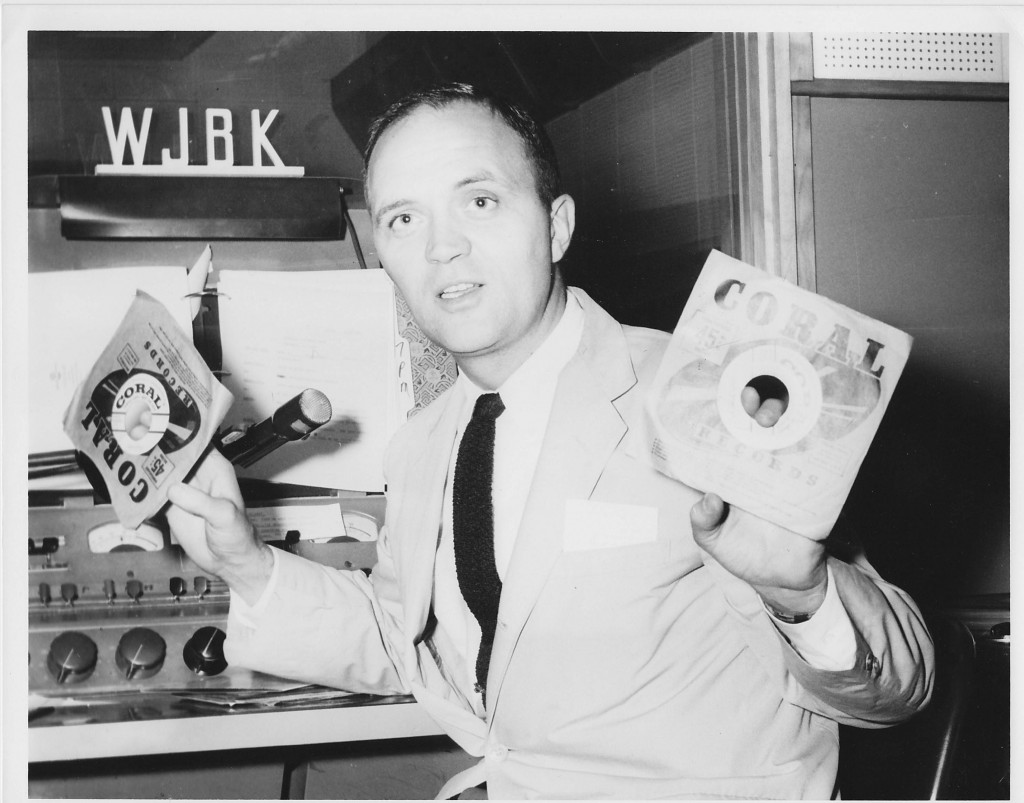
Clark was hired from WJR by WJBK Station Manager Harry Lipson immediately after WJBK fired Mickey Schorr, Schorr eventually found his way over to market-competitor WXYZ. At the same time, WJBK decided to move their morning team of Joe Gentile and Ralph Binge for the evening hours instead, while Clark Reid took over reigns as the new host for the morning show on Radio 15.
When he began his early tenure at WJBK, Reid was there working alongside with the legendary Ed McKenzie. Ed McKenzie had been at WJBK since 1937. At the time of Reid’s hiring, Ed was still broadcasting under the moniker “Jack the Bellboy,” a banner McKenzie christened unto himself when he first assumed that title a decade earlier in 1945. Also at WJBK in 1956, Reid was in good company with a new deejay that was “up-and-coming” there. His name? Casey Kasem.
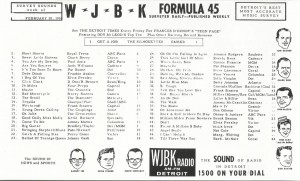
While at WJBK, the station had made the switch going with the Top 40 sound in late 1956. Their new program director, Bob Martin, changed the station’s long playlist to “Formula 45,” which became the station’s catch phrase for the music they played, not just rock and roll, Elvis and Little Richard, but also hits by the Four Lads, Perry Como, Gogi Grant and Pat Boone as well. WJBK was one of the very first major market playing Top 40 in the country then, along with sister-station WIBG, another Storer-owned station in Philadelphia at the time. Eventually, Clark Reid was given the honors hosting the “Formula 45” weekly record countdown, heard every Saturday morning on “the new” WJBK.
It was by then that Clark Reid’s sudden rise in popularity had been well established as a Motor City “favorite” on the dial. He was now center-stage on WJBK and Reid’s radio legacy would continue to flourish during the rest of his broadcasting career here in Detroit.
But after a string of successive years of Top 40 radio on WJBK, from 1956 through 1963, Detroit’s “Radio 15” was closing in on it’s best days, soon to be mirrored in it’s legendary past.
In March 1964, the impact of WKNR’s sudden rise to the top had drastically altered the market picture in Detroit. By July 1964, then in quick decline both in ratings and revenues, WJBK was no longer able to compete going against WKNR, CKLW and WXYZ as well, losing a ten-month battle to regain a larger market share. In the end, the Storer Broadcasting Company decided to dump WJBK’s Top 40 sound for a more conservative, music format they would phrase as the “Sound of (Just Beautiful) Music.”
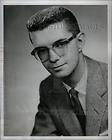
WJBK’s program director at the time, John Grubbs, stated at the time that “a majority of the people polled are desirous of the type of format we will be launching in August. WJBK’s ‘Sound of (Just Beautiful) Music and Total Information News’ is being designed to incorporate all members of the staff.”
According to Billboard’s May 16, 1964 Radio Response Rating for Detroit, WQTE and WWJ both reported conservative music formats. WCAR and WJR, meanwhile, featured music of the standard variety, culled primarily from albums played. Despite the change of format implemented suddenly at Radio 15, Grubbs was of the belief that, “our air personalities are all top pros and are capable of handling any format (changes).”
WJBK staffers included Marc Avery, Robert E. Lee, Robin Walker and Bobby Layne. And then there was “The Sound of Just Beautiful Music.” The new format change on WJBK took effect on a Sunday morning, August 16, 1964.
Many years ago, Clark had remarked in a trade article that the new format change, “came out of nowhere and I was just devastated. One day we were playing the Beatles and Motown, then, all of a sudden, they had us cuing instrumental cuts by 101 Strings.”
Apparently, the immediate music change would not bode well with Clark Reid. He would remain at WJBK for only a few more months. By early 1965 Clark had removed himself away from the station. He would journey many miles away to Cleveland’s KYW-AM. But the move to Ohio, ultimately, would be the final phase Clark would play out of his legendary broadcast career.
By year’s end in 1965 Clark Reid was back home in Detroit. But this time, as a representative for the Ross Roy Advertising in Oak Park, MI, where he culminated a very successful career with the ad agency for many years thereafter, until his retirement in 1991.
WJBK Clark Reid Jingle 1962
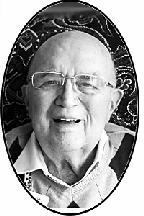
On February 3, 2012, Clark Reid passed away at his home in Novi, MI., surrounded by family. He is survived by his wife Barbara, his wife of 63 years; children Cathy, Jody, David, Libby, and Tim Reid, and his eleven grandchildren.
A memorial service was held at 11 a. m. on Saturday, February 25 at Nardin Park Methodist Church at 11 Mile west of Middlebelt in Farmington Hills.
MCRFB once again pays homage to a great Detroit radio legend as we remember . . . Clark Reid.
MCRFB would like to express our sincere gratitude to Tim Reid for donating the Clark Reid photograph (top) and aircheck for this exhibit. Clark Reid photograph and WJBK survey scan is courtesy the George Griggs collection. The Clark Reid photograph (lower) courtesy of Michigan.com.
![]()





